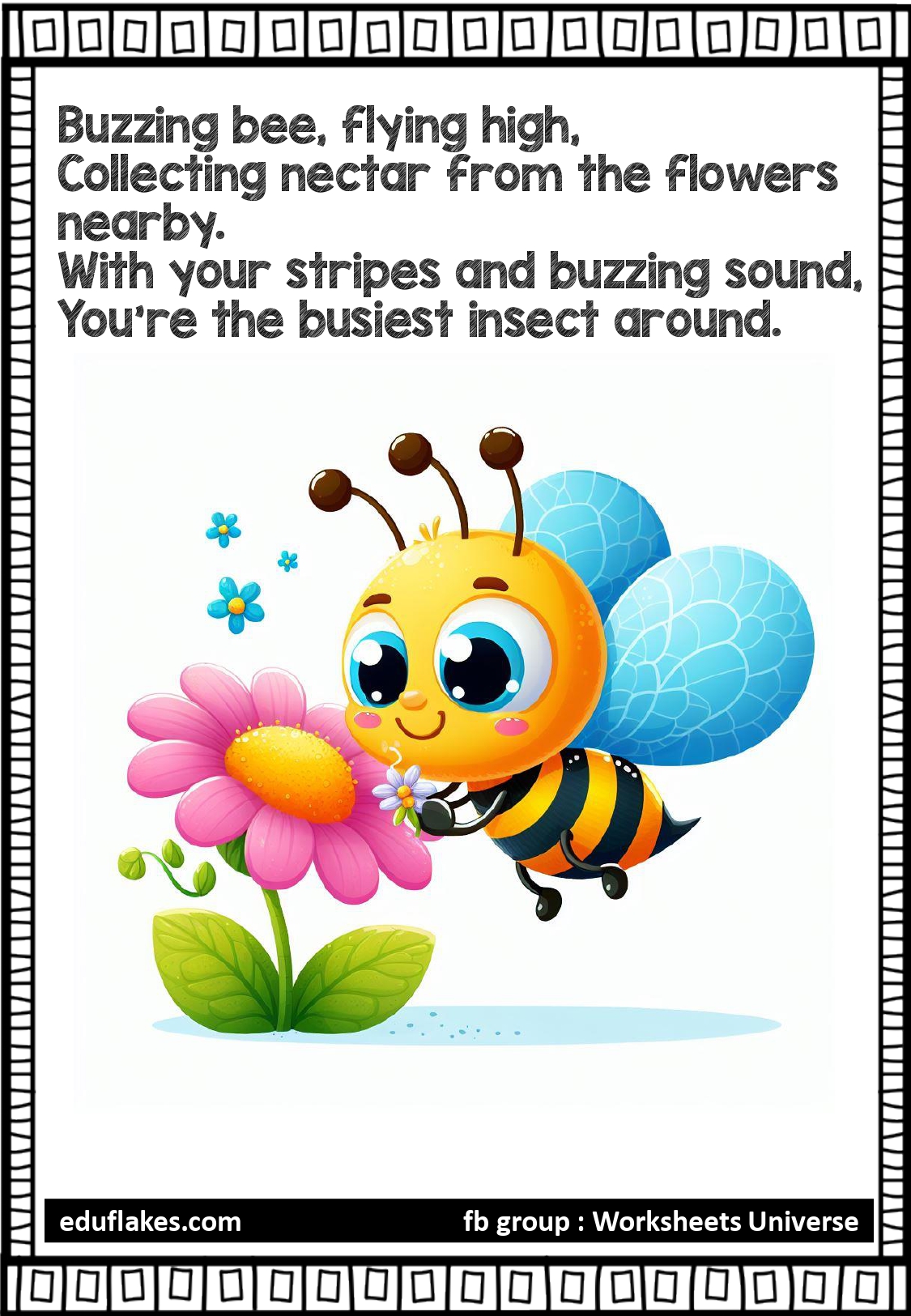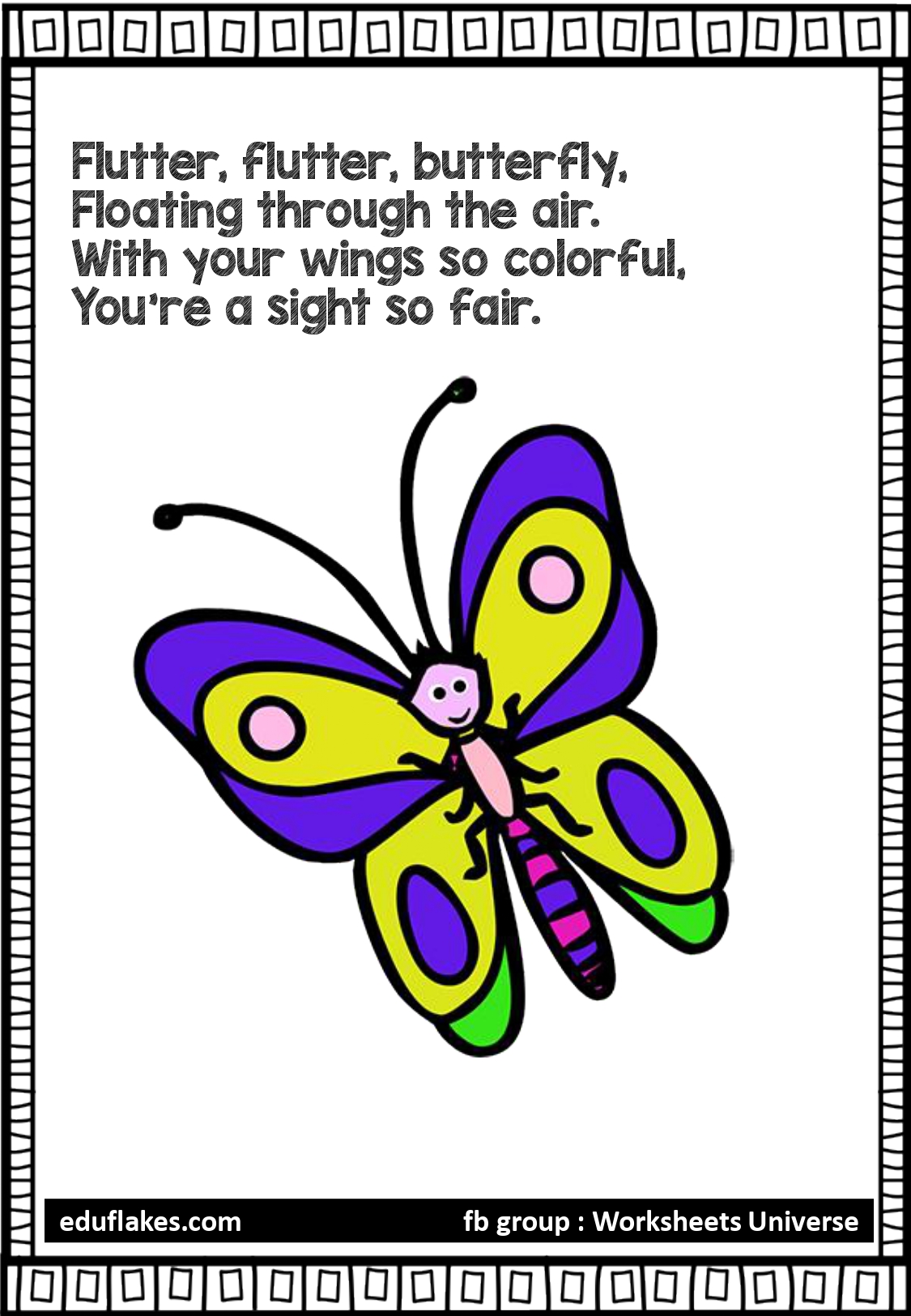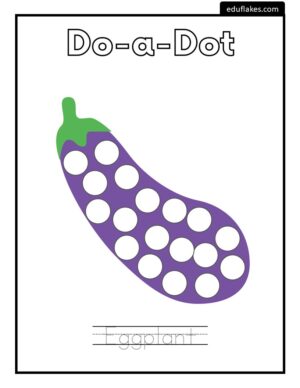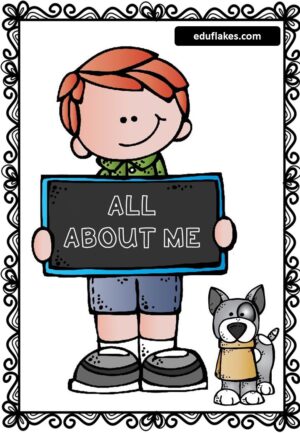Learning rhymes is important in kindergarten for several reasons:
- Language Development: Rhymes help children develop their language skills by exposing them to various vocabulary words and sentence structures. They learn new words and how they can be used in context.
- Phonemic Awareness: Rhymes help children develop phonemic awareness, which is the ability to hear and manipulate the sounds in spoken language. By listening to and repeating rhymes, children become more aware of the sounds that make up words.
- Memorization Skills: Rhymes are often repetitive and easy to remember, which helps children develop their memorization skills. This can be beneficial for learning other subjects later on.
- Cognitive Development: Reciting and memorizing rhymes can improve cognitive skills such as attention, concentration, and memory. It also encourages critical thinking as children try to make sense of the words and their meanings.
- Social Skills: Learning rhymes in a group setting encourages social interaction and cooperation among children. They can take turns reciting the rhymes, sing together, and learn from each other.
To teach rhymes effectively in kindergarten, teachers can use various strategies:
- Repetition: Repeat rhymes frequently to help children remember them. Encourage children to join in and recite the rhymes along with the teacher.
- Visual Aids: Use visual aids such as pictures, flashcards, or props to make the rhymes more engaging and memorable for children.
- Movement and Actions: Incorporate movement and actions into the rhymes to make them more interactive. Children can clap, stomp, or use hand gestures to accompany the rhymes.
- Multi-Sensory Activities: Engage children in multi-sensory activities related to the rhymes, such as singing, dancing, and playing musical instruments. This helps reinforce learning through different sensory experiences.
- Rhyme Books and Activities: Provide rhyme books and other related activities for children to explore independently or in small groups. Encourage them to create their own rhymes or variations of existing ones.















